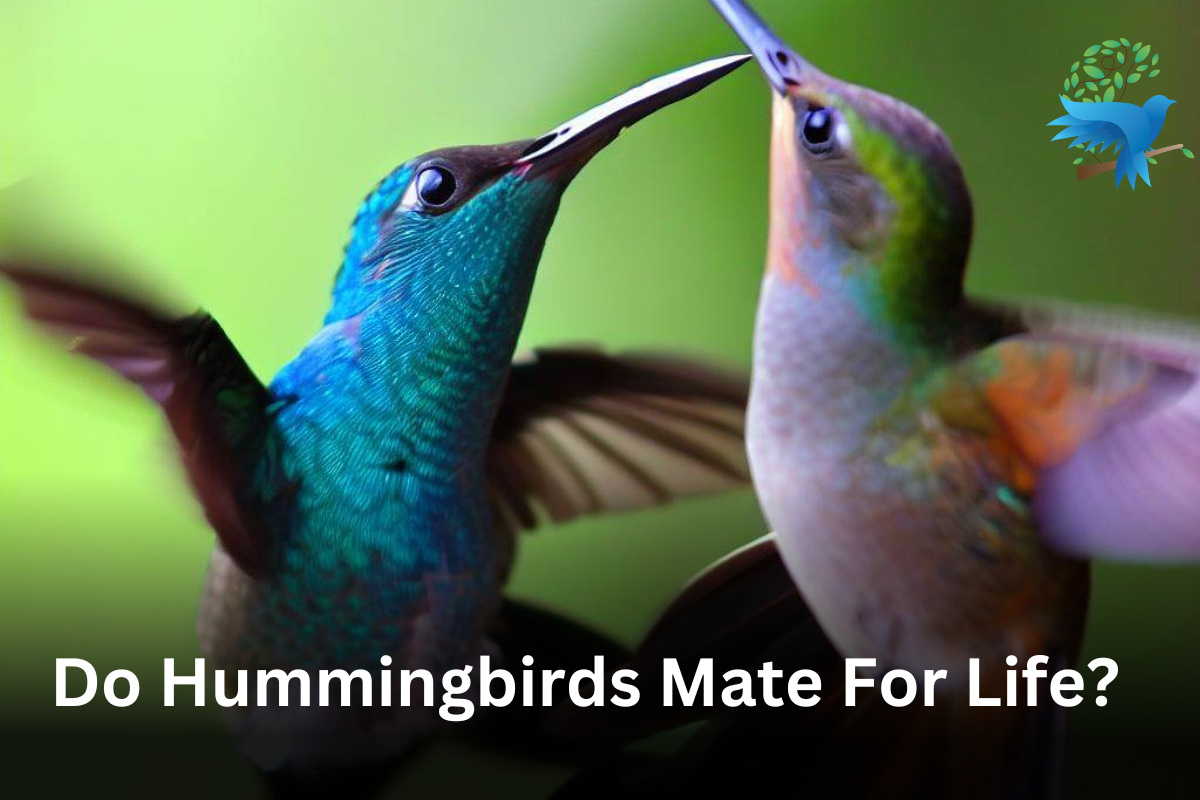Do Hummingbirds Mate For Life?

Hummingbirds are very sensitive creatures as they are lightweight, and even a minor hit can kill them. Yet, they are an essential part of the ecosystem and thus help pollinate various flowers.
The key point here is, Hummingbird’s average life span is three to five years. Since they are one of the important creatures in the ecosystem, they need to have a maintained population over time.
For that, Hummingbirds have to mate over time to maintain the ecosystem. And there are many interesting things in the Hummingbirds mating culture, which we will elaborate on below.
Do Hummingbirds Mate For Life?
The simplest answer will be a big no. Hummingbirds are very fast in mating. They can even mate in just a blink of human eyes. Their mating last for less than four seconds, and they are done.
Another question about Hummingbirds mating is, do Hummingbirds mate for life with only one bird for their life? Again a big no. The Hummingbird’s mating depends on the timing of their mating. They would mate with any other Hummingbirds if they could impress the bird.
The main reason Hummingbirds are in the ecosystem is to pollinate flowers. Besides that, there is not much need for Hummingbirds in the ecosystem. Thus, mating is a very essential part of Hummingbird life.
How Do Male Hummingbirds Attract Females?
Hummingbirds are very similar to humans in attracting females. Since human tends to wear attractive clothes and maintain proper looks. In the same manner, Hummingbirds do too.
Male Hummingbirds have a shiny and colourful body. They maintain and take care of their body pretty well only to mate with females. They display their body and sometimes can dive at a speed of around 60 miles per hour to impress the female Hummingbirds.
They make sure, their territory is not evaded by another Hummingbird so that they are the only ones to display their performance in front of the female Hummingbirds. And that’s the only third main reason for male Hummingbirds aside from eating and sleeping.
Do Hummingbirds Mate With The Same Female Hummingbirds?
Hummingbirds aren’t much loving and thus are independent creatures. When a Hummingbird mates with a specific female Hummingbird, they leave them all alone from laying eggs to taking care of offspring.
Therefore, they only mate with the same female Hummingbird coincidently. Otherwise, the male Hummingbird will try to impregnate any female Hummingbird out there, since this is the only work they do with female birds.
Lifecycle of Hummingbirds
Hummingbirds come from the avian family Trochilidar. Thus, they don’t give direct birth instead they lay eggs and female Hummingbirds do all the tasks from laying eggs to feeding them.
The initial stage of Hummingbirds is eggs. The size of the eggs is like beans and the eggs are incubated. It takes around 11 to 16 days for the eggs to hatch.
The hatched baby, which is called a hummer, weighs around 0.63g. Therefore, the female Hummingbirds take care of their delicate babies and the male Hummingbirds do not take participate in raising the hummers.
Female Hummingbird catches small insects and spiders to feed their babies. They only catch small insects and spiders because the babies require protein to grow.
It generally takes 21 days to grow enough for a Hummingbird to fly. And from that instance, the mother, and the baby’s paths are separated. Yet, the hummers aren’t well-mature enough to survive a year. But if they do survive, they can live up to an average of six years.
Frequently Asked Question
Do Hummingbirds mate for life?
No, Hummingbirds do not mate for life.
How do male Hummingbirds attract females?
Male Hummingbirds have shiny and colourful bodies to attract females.
Do Hummingbirds mate with the same female throughout their lives?
No, males will try to mate with any female that impresses them.
What is the lifecycle of a hummingbird?
Hummingbirds lay eggs, which hatch after 11–16 days. The mother cares for the babies until they can fly after about 21 days.
How long do hummingbirds live on average?
The average lifespan of a hummingbird is three to five years, but if they survive past their first year, they can live up to an average of six years.






